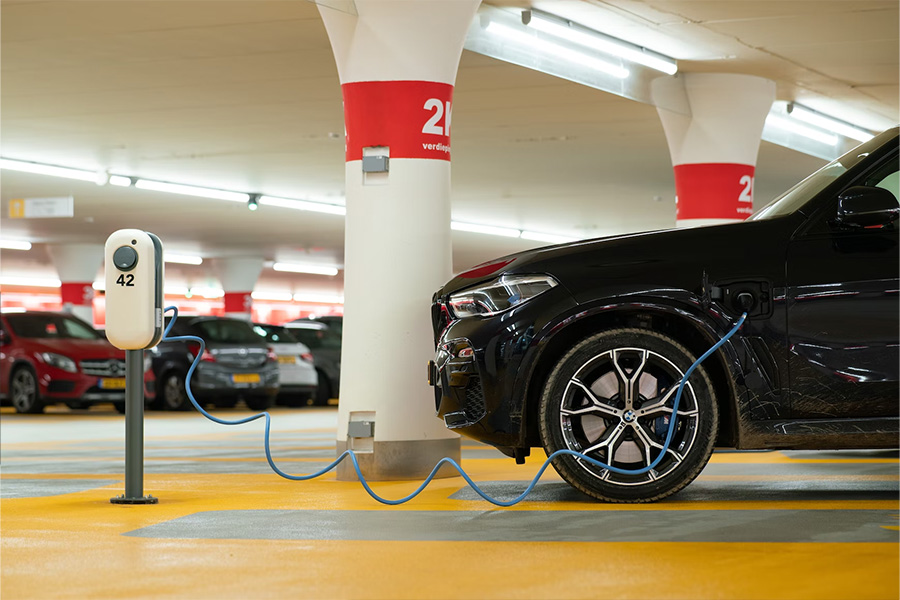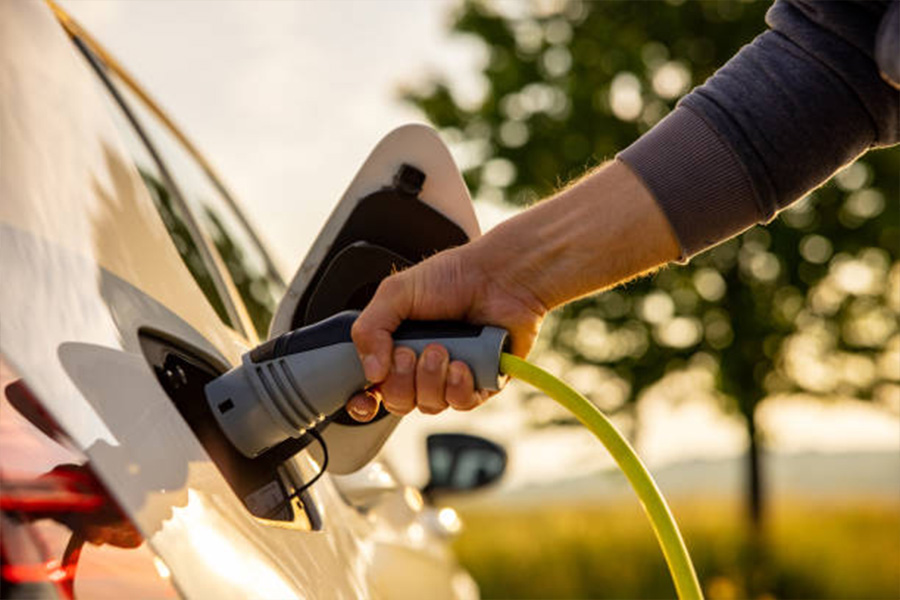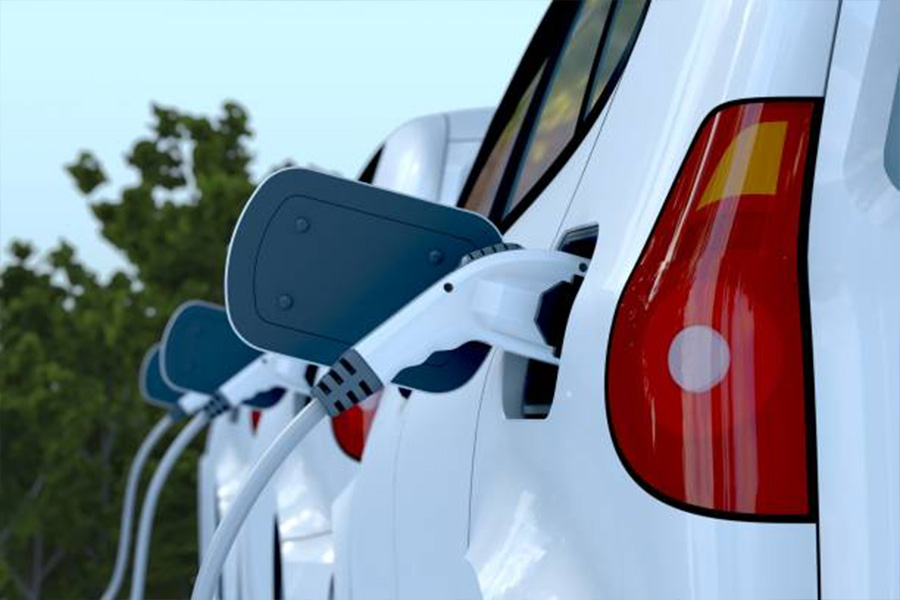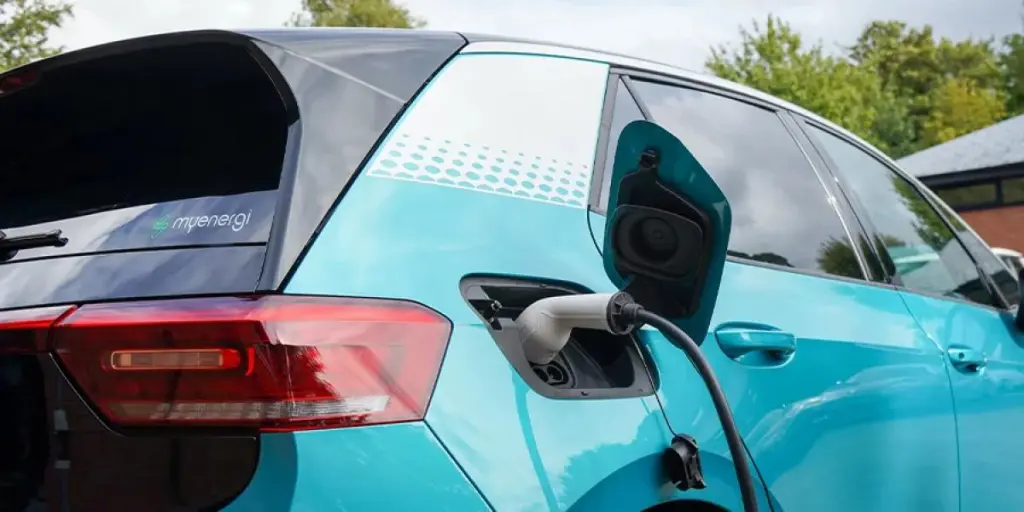As countries around the world look to put limitations on their use of fossil fuels, new energy vehicles are being more and more sought after. Some key reasons behind their popularity include lower running costs, their overall impact on the environment, and the variety available compared to recent years.
Table of Contents
Market value of new energy vehicles
Importance of new energy vehicles
What to take into account when sourcing new energy vehicles
The future of new energy vehicles
Market value of new energy vehicles
New energy vehicles are making big waves in the automotive industry, with more people than ever making the change from petrol or diesel vehicles to ones that use renewable energy. Whereas it was once difficult and costly to charge one of these vehicles, there are growing numbers of charging points spread throughout cities and towns that make it easy for the consumer to recharge while on the go.
By the end of 2022, the electric vehicles market is expected to have grown to USD 384.00 billion. The growth in sales is projected to continue over the next 5 years, and by 2027 that number will have reached approximately USD 869.00 billion, with a CAGR of 17.75%. The US, China, and the EU account for 95% of the sales of NEVs, with the rest of the world slowly beginning to catch up.

Importance of new energy vehicles
Less pollution, easy maintenance, and lower long-term costs are important factors when consumers are choosing a new vehicle. And that’s why new energy vehicles continue to grow in popularity.
In the upcoming decades, NEVs will play a vital role in the lowering of carbon emissions, and are expected to slowly replace vehicles that run on fossil fuels. As more NEVs hit the market, the overall price to the consumer is decreasing, making them more accessible to the public and therefore more in demand. NEVs also benefit from advancements in technologies and government incentive programs, and include battery-powered vehicles, hybrids, and hydrogen fuel cell vehicles.
What to take into account when sourcing new energy vehicles
There are many important things to consider when sourcing new energy vehicles, from the key interior features to the distance they can travel on a full charge. The current top trends of new energy vehicles to keep in mind while sourcing them include battery lifespan, the space within the vehicles, price, running costs, the overall driving experience, and the charging options available.
Battery lifespan
When electric vehicles first came into the market, the battery lifespan didn’t appeal to many people, especially those who needed a vehicle for longer distances. Today’s NEVs have a much larger range than their predecessors, with the average battery lasting up to 500 kilometers.
This is ideal for consumers who have regular commutes within the city, but for people who have longer commutes or are interested in road trips with the family, the battery lifespan may not be suitable. In the next few years battery lifespan is expected to increase to better fit the different lifestyles people have.

Price
One of the biggest trends in the automotive sector when it comes to NEVs is the declining price people are expected to pay. When electric vehicles initially hit the road, there weren’t too many options for people to choose from, so the cost was more than a regular vehicle. Fast forward a few years and the variety of NEVs available to the consumer has expanded at a rapid pace, meaning their overall price has decreased.
The type of NEV purchased can make a big difference, with hybrid-electric, plug-in hybrid, and all-electric being popular choices. It would also depend on the make and model of the vehicle, as higher-end ones such as Tesla are significantly more expensive than lower-end ones.
Space in vehicle
Considering the space inside the vehicle is one of the most important parts of choosing any vehicle, especially smaller-sized ones. The more compact styles of new energy vehicles won’t be suitable for taller drivers or larger families but will be perfect for consumers who predominantly drive smaller vehicles and are used to the size. The amount of cargo space is important to consider as well, for groceries and other storage purposes. Some vehicles will have larger trunks while others will have adaptable seats that allow for more space when they’re not in use.

Overall driving experience
Like all vehicles, a key consideration to take into account before making a purchase is the overall driving experience. Since new energy vehicles are different from regular vehicles, it’s important to note the comfort, how quiet the car runs without a motor engine, the speed of acceleration, how to get the most out of the battery, and the braking function, which helps the vehicle to recover some of its charge. The type of model chosen will also provide the driver with different functions and features that are important to note.

Options for charging
The variety of makes and models on the market today means that they may come with different charging adaptors, some of which may not be compatible with charging stations near the consumer. Having at least one easily accessible charging station nearby is one of the most important trends of new energy vehicles to consider.
Many consumers will opt to get a charging station installed in their homes to ensure their vehicle charges overnight and they are never in a position where they can’t charge it. The most common wall-mount chargers are Level 2 (charge 30km per hour), but some locations will have Level 3, which charges the vehicle at a faster rate (200km per hour). For people who are constantly on the go and have a fast-paced lifestyle, having a NEV that charges rapidly is important.

Running costs
Consumers are increasingly looking to live a more eco-friendly and sustainable lifestyle, but at the same time don’t want to be paying extortionate amounts of money to make these changes. Although the cost to purchase a NEV has fallen in recent years, it’s the running costs that need to be looked at as well.
With fuel prices fluctuating all the time and energy bills beginning to rise, having a vehicle that doesn’t cost most of a person’s monthly salary is a key factor that’s looked at when purchasing a new energy vehicle. For those interested in NEVs, the biggest thing to consider is the cost of charging the vehicle and the cost of replacement parts.

The future of new energy vehicles
Out of all of today’s current trends of new energy vehicles, it’s the running costs, charging options, driving experience, price, battery lifespan, and interior space that are the most scrutinized. There has already been a large increase in the amount of NEVs on the road in just a few years, and this is expected to continue to rise in the future. As the world begins to look for eco-friendly alternatives to fossil fuels, NEVs will lead the way in the automotive sector—and are already beginning to do so.




